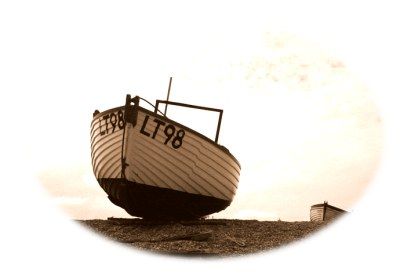What have cuttlefish got to do with photography, you may ask. In this digital age, fewer and fewer people will know much about film processing and the various techniques you can apply to create manually a dramatic effect in an image. Sepia toning was/is one of those techniques.

There are three types of sepia toner in modern use: Sodium sulfide toners, the traditional ‘rotten egg’ toner; thiourea (or ‘thiocarbamide’) toners, these are odourless and the tone can be varied according to the chemical mixture; Polysulfide or ‘direct’ toners, which avoid a bleaching stage.
A print is first soaked in potassium ferricyanide bleach to re-convert the metallic silver to silver halide. It is then washed to remove excess potassium ferricyanide then finally immersed in a bath of toner, which converts the silver halides to silver sulfide. Incomplete bleaching creates a multi-toned image with sepia highlights and grey midtones and shadows. This is called split toning. The untoned silver in the print can be treated with a different toner, such as gold or selenium.
Sepia-toned images are associated with period photography of the 1800s. Modern photographers and cinematographers exploit the “old-time-feel” of sepia toning to good, if not a little cliched, effect to evoke nostalgia.
Today, sepia toning is more of an aesthetic choice than an environmental protection racket and with a little action in Photoshop or almost any other image editor you save a cuttlefish from the inky writing on the seawall.